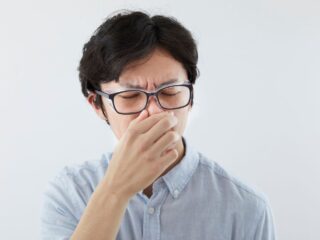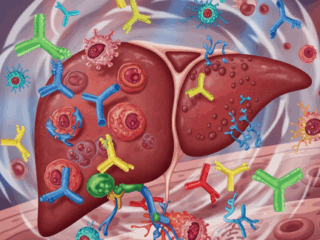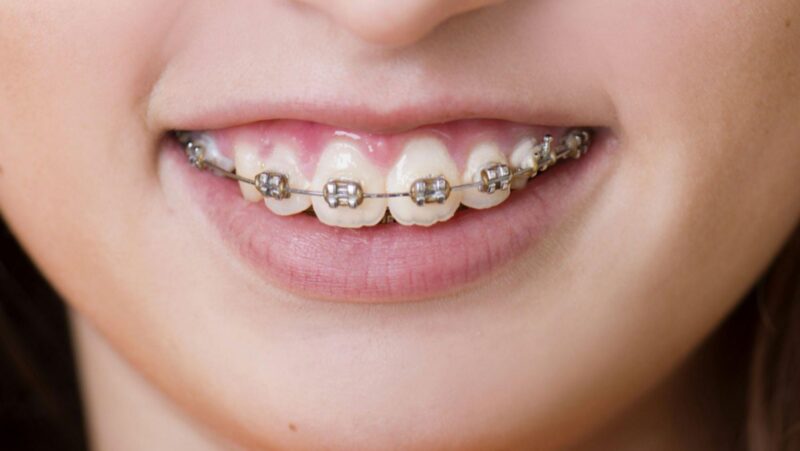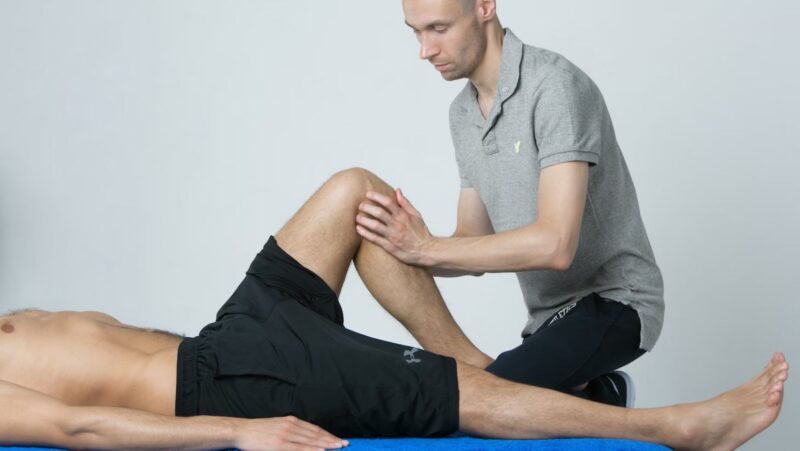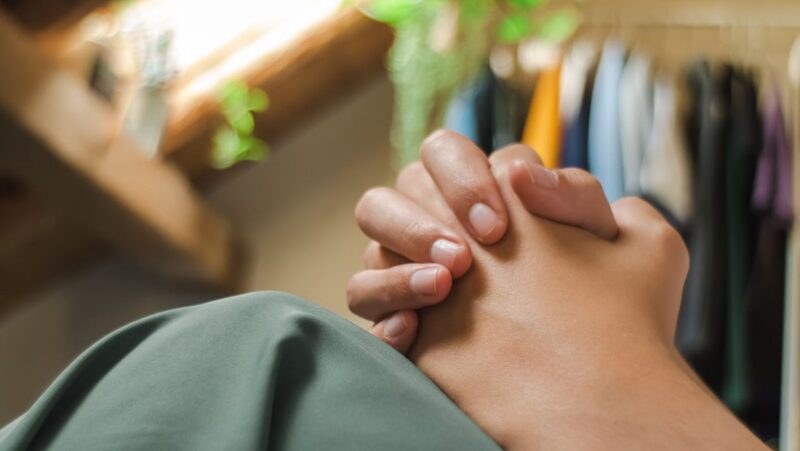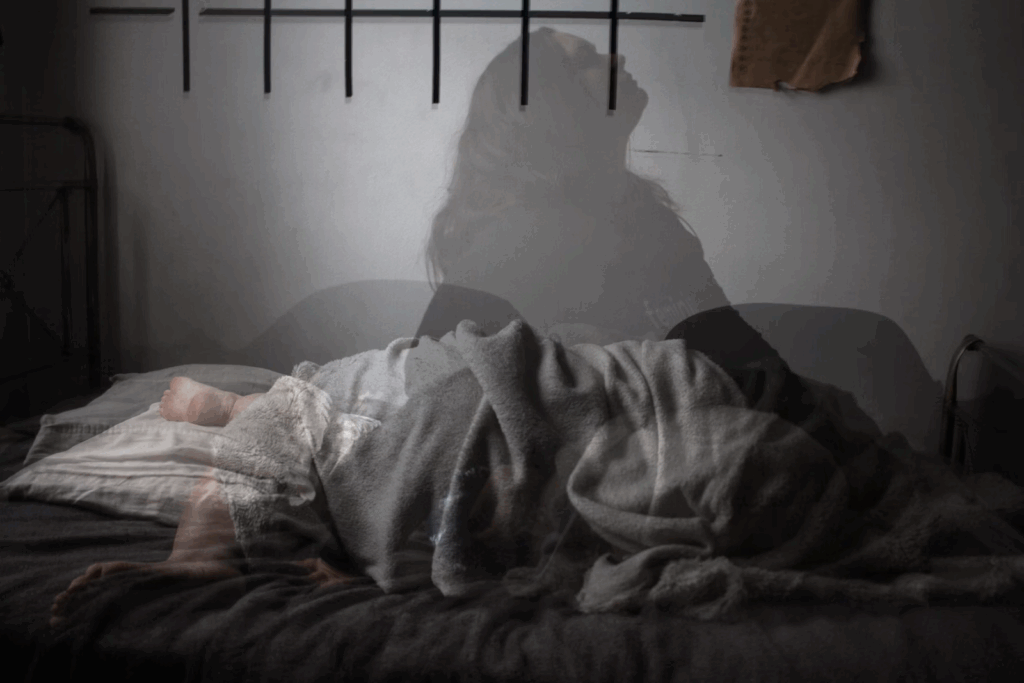
Want to finally get the deep, restorative sleep you’ve been craving?
70 million adults in the U.S. have a sleep disorder. Yes, you read that right, 70 million. That number has been growing at an alarming rate for the past 30 years.
Here’s the thing. Quality sleep isn’t just a nice luxury for when life slows down and you have the time to indulge. Consistently not getting enough shut-eye wrecks your health. We’re talking immune system, mental health, productivity, risk of accidents, the list goes on.
Without proper rest, your body literally can’t perform optimally.
And if you’re here, struggling with insomnia, you’re definitely not alone. Believe me, I’ve been there.
But here’s the good news… There are proven ways to overcome sleepless nights and get the deep, healing rest your body needs. Whether you’re working with a Home Sleep Center or going it alone, the right methods can make all the difference.
This article will share the most effective techniques that I know for really beating insomnia and getting better sleep.
Let’s get into it!
What you’ll discover:
- Why Sleep Problems Are Getting Worse
- The Sleep Environment That Actually Works
- Proven Techniques for Falling Asleep Fast
- How to Stay Asleep All Night Long
- When to Seek Professional Help
Why Sleep Problems Are Getting Worse
Here’s something that might surprise you…
30% to 40% of U.S. adults say they have symptoms of insomnia at some point each year. And that number is rising every year.
But why?
The fact is, our modern world has been going increasingly against our bodies’ natural sleep patterns. Stress, blue light, electronics, and 24/7 lifestyles have led to more and more people not sleeping well.
Think about it… What is our natural instinct when we are stressed out or tired?
Fight or Flight.
That adrenaline is fantastic when you are trying to escape a charging rhino. But NOT when you are trying to sleep.
Your body is constantly trying to fight and get ready to run. When it’s bedtime, it should be doing the opposite. It should be cooling down and relaxing.
The result? Our bodies are primed to fight when they should be winding down.
Here’s what’s happening…
Your brain produces melatonin, a hormone that helps you sleep. But blue light emitted by phones, tablets, computers, and TVs blocks melatonin production.
This means even if your body is physically exhausted, your brain thinks it should be staying awake.
Add in caffeine, irregular schedules, and anxiety about not sleeping. Well… you’ve got a perfect recipe for insomnia.
The good news? Once you know what’s behind your sleep issues, you can address them.
The Sleep Environment That Actually Works
Sleep environment is such an important factor in getting restful sleep, but it’s often overlooked.
Here’s what you need:
The temperature of your bedroom should be 65-68°F. As your body temperature falls, a cooler room complements that natural drop to help you get to sleep.
Keep your room pitch black. Even a little bit of light can disrupt your sleep. Use blackout curtains, eye masks, or simply tape over LED lights from electronics.
Use earplugs or a fan for consistent white noise to cover up any outside noise disruptions.
Invest in a mattress and pillows that support your spine’s natural alignment. If you wake up with back or neck pain, it’s time for a replacement.
Proven Techniques for Falling Asleep Fast
Not being able to fall asleep is one of the most frustrating parts of insomnia. You try everything, your mind races, you look at the clock. You want so badly to just shut your brain off, and then… BOOM!
You are fully awake and your anxiety starts kicking in.
Ok, here’s the fix.
The 4-7-8 Breathing Method
This is a technique to help you induce the body’s relaxation response.
- Take an inhale through the nose for 4 counts
- Hold the breath for 7 counts
- Exhale slowly through the mouth for 8 counts
- Repeat 3-4 times
The long exhale helps signal to the nervous system to slow down. Many people drift off before they finish the 4th cycle.
Progressive Muscle Relaxation
Progressive muscle relaxation is when you tense and then relax each muscle group in the body, starting from the toes and working up to the head.
Tense each group for about 5 seconds then release. This helps you notice and let go of any tension that you might be holding that you didn’t even realize.
The Military Method
Ok, this one is actually kind of cool.
A method developed by the US Navy for insomniac sailors can reportedly help you fall asleep in just 2 minutes. Yes, you read that right.
It goes like this…
Relax your face, then let your shoulders drop. Relax your chest on a slow exhale. Relax your legs. Clear your mind by visualizing a peaceful scene for 10 seconds.
Visualization
Yes, this is one of the classics but it works. The trick is really putting in the detail. Instead of trying to visualize sheep jumping over fences, imagine yourself somewhere serene.
Focus on the little things, what can you see, hear, touch. Make it so vivid in your mind that it distracts you from any other thoughts.
How to Stay Asleep All Night Long
Of course, the goal is to stay asleep all night. But most insomniacs wake up multiple times and then spend hours trying to fall back asleep.
Here’s what to do instead…
Avoid the Clock Check
Looking at the clock when you wake up during the night leads to more and more anxiety about losing more sleep time. Before you know it, you’re awake for hours.
Solution: Hide the clock or put it away. Don’t let it taunt you.
Don’t Lie There Awake
If you can’t fall back asleep within 15-20 minutes, get up. Do a quiet activity like reading in another room. That way, you aren’t associating your bed with being awake and frustrated.
Address Nighttime Bathroom Trips
We all need to go potty during the night. But there are ways to minimize the disruptions.
- Stop drinking fluids 2-3 hours before bed
- Use a dim nightlight instead of full bathroom lights
- Keep the path to your bathroom clear
Manage Middle-of-the-Night Anxiety
Can’t sleep at 3 AM? It happens. The solution is to have a notepad by your bed. Write down whatever is bothering you. Tell yourself you will take care of it tomorrow.
This “brain dump” approach is a great way to quiet your thoughts so you can get back to sleep.
When to Seek Professional Help
Self-help strategies are great but sometimes they are just not enough.
Treatment is advised if:
- You’ve tried improving sleep hygiene for several weeks with no change
- Insomnia has a major impact on your quality of life
- You have other symptoms like loud snoring, gasping for air, jerking legs during sleep
- You feel fatigued even after a full night’s sleep
Cognitive Behavioral Therapy for Insomnia (CBT-I)
CBT-I is widely considered the gold standard for treating chronic insomnia. In fact, it’s more effective than sleeping pills, and without the side effects.
CBT-I teaches you how to:
- Identify and change thoughts and beliefs that sabotage sleep
- Develop healthy sleep habits
- Practice relaxation techniques
- Restrict time in bed to increase sleep efficiency
Research shows that 70% to 80% of insomniacs significantly improve with CBT-I.
Sleep Studies
When other sleep disorders are suspected, a sleep study may be recommended. These studies are designed to identify other problems like:
- Sleep apnea
- Restless leg syndrome
- Periodic limb movement disorder
- Other medical conditions that affect sleep
Wrapping It Up
There is no magic pill or quick fix for insomnia. The best way to get quality, restorative sleep is to provide the right conditions for your body’s natural sleep processes to do their thing.
The methods in this article have helped millions of people get back on track with their sleep. Start with the basics:
- Optimize your sleep environment
- Practice relaxation and visualization
- Keep consistent sleep and wake times
- Know when to get professional help
Remember, quality sleep is not a luxury, it’s a necessity for good health. If you follow the right approach and have patience, you can overcome insomnia and finally enjoy the restful sleep you deserve.
It will lead to better moods, more focus, better immunity, and an overall healthier you.


